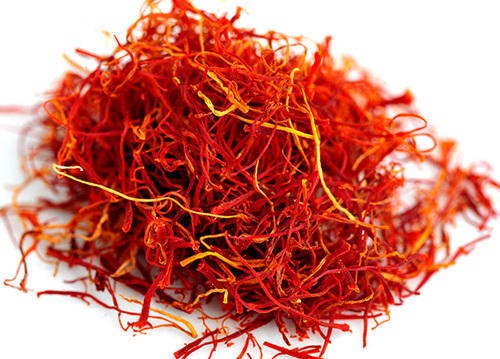Free Courses Sale ends Soon, Get It Now


Free Courses Sale ends Soon, Get It Now



Disclaimer: Copyright infringement not intended.
Context
Saffron production
Kashmir saffron: The saffron Bowl
|
Types of Kashmir Saffron · The saffron available in Kashmir is of three types — · ‘Lachha Saffron’, with stigmas just separated from the flowers and dried without further processing; · ‘Mongra Saffron’, in which stigmas are detached from the flower, dried in the sun and processed traditionally; and ‘Guchhi Saffron’, which is the same as Lachha, except that the latter’s dried stigmas are packed loosely in air-tight containers while the former has stigmas joined together in a bundle tied with a cloth thread. |
NECTAR and expansion of the Saffron Bowl
Further expansion
|
National Saffron Mission About: The National Saffron Mission (NSM) was launched in 2010-11 for the cultivation of saffron in Jammu and Kashmir. Aim: The main objective of the scheme is to extend support for creation of irrigation facilities through tube wells and sprinklers which would help better crop in the area. Expansion: In 2020, the Government has decided to revive this mission and expand the cultivation of saffron to the north eastern part of the country. |
Boosting Saffron Exports
Recognition
Holistic Steps
To further enhance the production of saffron a few things must be considered:
Marketing
Final Thought
https://www.pib.gov.in/PressReleasePage.aspx?PRID=1794780
© 2024 iasgyan. All right reserved